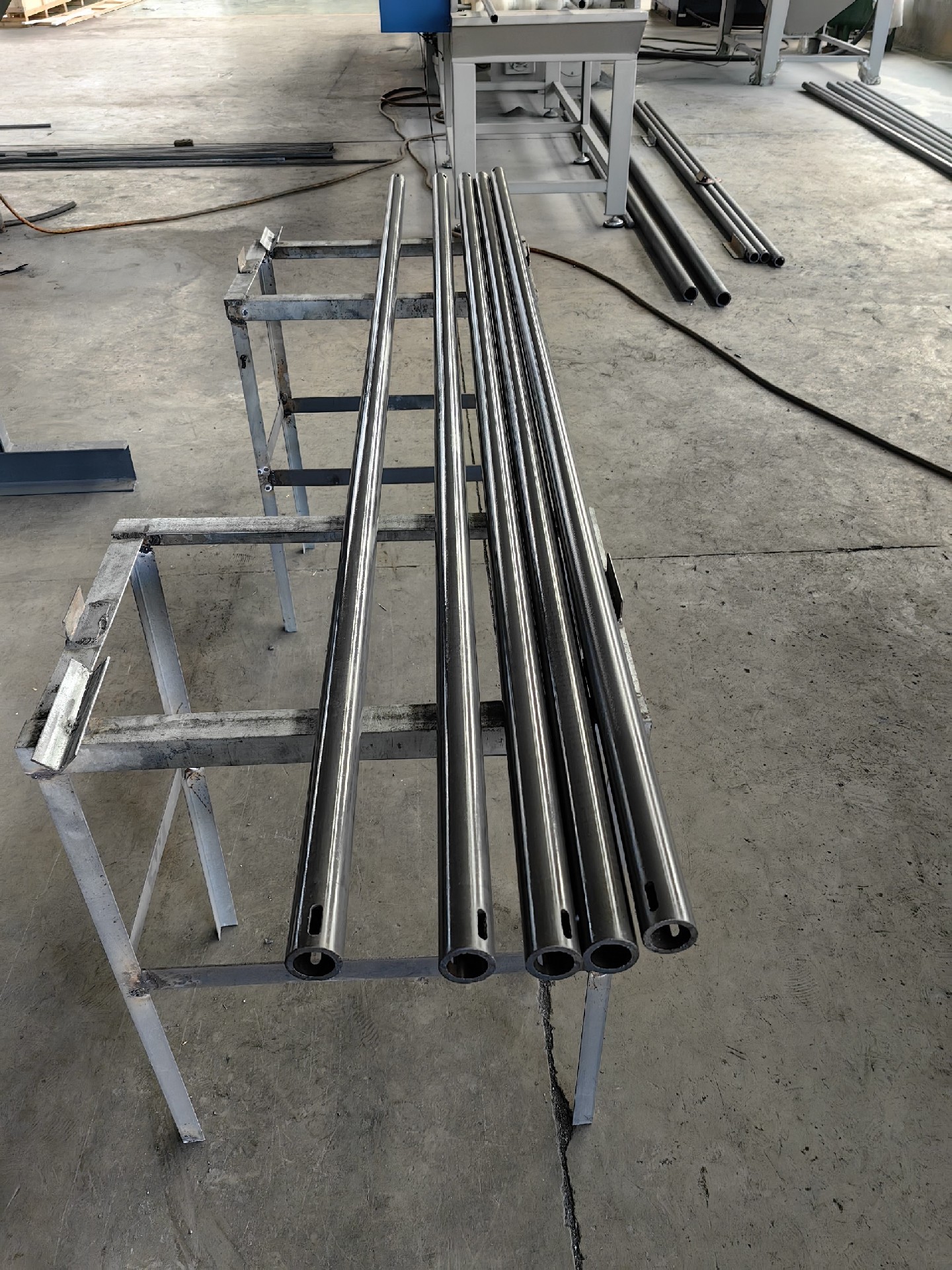Silicon carbide (SiC) roller is a key component in various industrial applications, such as kilns, furnaces, and other high-temperature equipment. It is known for its exceptional thermal conductivity, high strength, and excellent resistance to corrosion and wear. In this article, we will explore the production process of silicon carbide rollers.

The manufacturing process of silicon carbide rollers involves several steps, including material selection, shaping, sintering, and finishing. Let's take a closer look at each of these processes.
1. Material Selection:
The first step in producing silicon carbide rollers is to carefully select the raw materials. Silicon carbide powder with high purity and fine particle size is typically used. The selection of the appropriate silicon carbide powder is crucial as it directly affects the quality and performance of the final product.
2. Shaping:
After the material selection, the silicon carbide powder is mixed with a binder to form a paste-like consistency. This paste is then shaped into the desired roller shape using various techniques such as extrusion or slip casting. The shaping process ensures that the silicon carbide roller has the desired dimensions and geometry.
3. Sintering:
Once the shaping is complete, the silicon carbide rollers are subjected to a sintering process. Sintering involves heating the shaped rollers at high temperatures, typically in a controlled atmosphere or vacuum environment. During sintering, the binder is burned off, and the silicon carbide particles fuse together, resulting in a dense and solid structure. The sintering process also helps in achieving the desired mechanical and thermal properties of the silicon carbide rollers.
4. Finishing:
After sintering, the silicon carbide rollers undergo various finishing processes to achieve the final product specifications. This may include grinding, polishing, and machining to ensure the rollers have smooth surfaces, precise dimensions, and excellent surface quality. The finishing processes also help in removing any defects or imperfections that may have occurred during the earlier stages of production.
In conclusion, the production process of silicon carbide rollers involves careful material selection, shaping, sintering, and finishing. Each step is crucial in ensuring the final product meets the required specifications and performs optimally in high-temperature applications. The use of high-quality raw materials and precise manufacturing techniques contribute to the exceptional properties of silicon carbide rollers, making them indispensable in various industrial processes.












